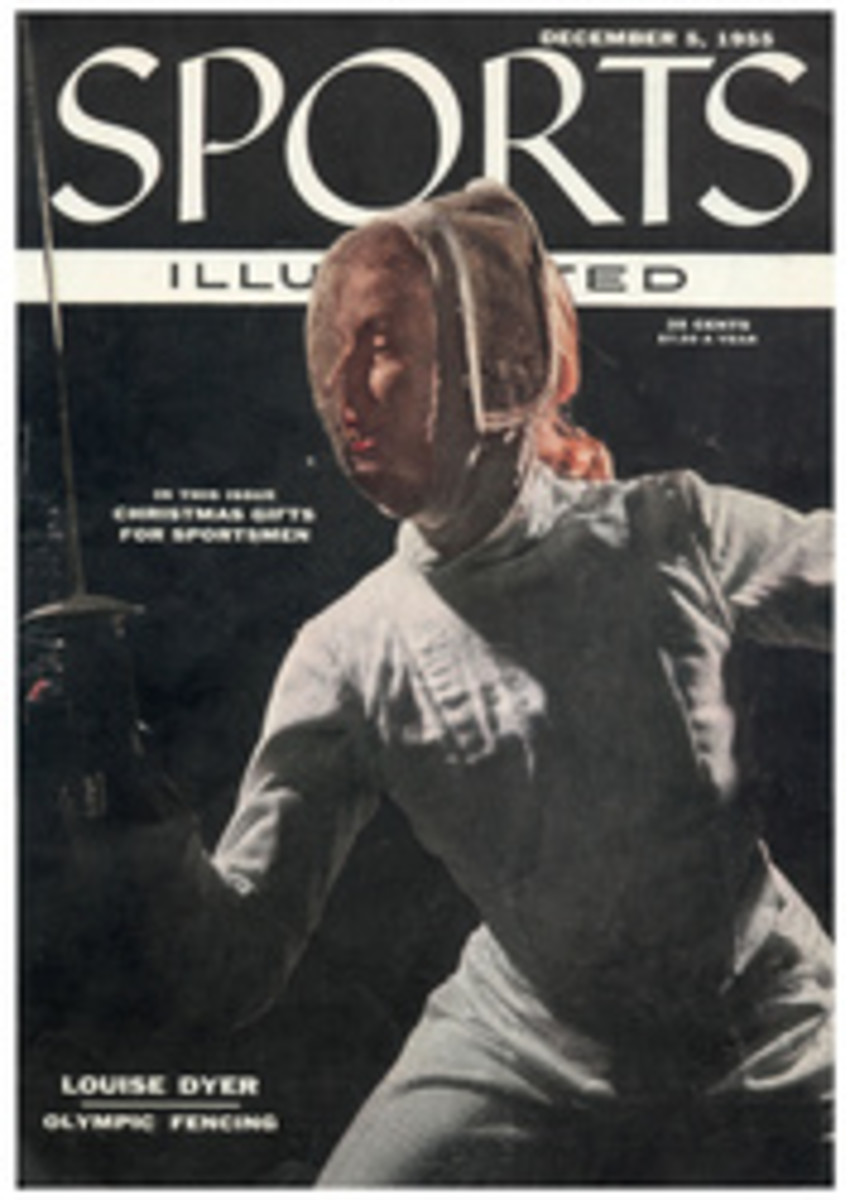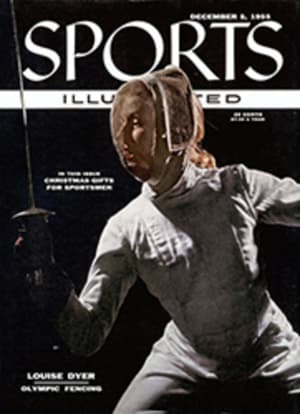
MORRISON'S MAGIC
When Ray Morrison, one of football's greatest razzle-dazzlers, was coaching the Southern Methodist Mustangs in the early '30s, his aerial magic dominated the Southwest Conference. But it was after he had returned to his alma mater, Vanderbilt, to coach in 1935 that he pulled off possibly his most confounding and slickest stratagem: a hidden ball play. It was a trick that lives in gridiron history. To this day not more than a handful of the 20,000 spectators who saw it knows how the trick worked that won for Vanderbilt an upset victory over the Tigers of Louisiana State, 7-6 in Nashville, Tenn., October 23, 1937.
Before the game was three minutes old, Vanderbilt had the ball at mid-field, second down and four yards to go. In the huddle, the signal-caller, Jimmy Huggins, bent over and spoke two words: "Henry Frnka."
As on the previous play Vanderbilt lined up in the T. Dutch Reinschmidt, playing the T-quarterback position, took the ball, spun and headed for a wide left-end sweep, preceded by a swarm of Commodores. It appeared the ball carrier would be hurled for a loss of at least 10 yards.
But what was this? Down on the LSU 25-yard line a man in black pants and gold jersey, neck bowed resolutely and unmistakably carrying the ball, hurried toward the goal in huge strides. There wasn't an LSU player within 25 yards of him. The crowd sighted him and awoke to what he would be, a sure touchdown-maker, but not until he had already traveled half his route. And, but for the thunderous roar of amazement, LSU wouldn't have spotted the ball carrier, Right Guard Greer Ricketson, even then.
The public sought vainly for an explanation. Vanderbilt players weren't talking. Coach Morrison was confronted with a sportswriter's diagram. Was that how the stunt came off? He replied "no," but was otherwise mum. Vanderbilt obviously meant to use the device again—and did.
Henry Frnka, the-pronunciation of whose name (franka) was the sign to flash the hidden ball maneuver, was Morrison's end coach. Four years before, his Greenville, Texas high school team had used the same sleight of hand to win the state championship. Frnka, later to become head coach at Tulsa and Tulane, suggested it the week of the 1937 LSU game. He found a ready audience in Morrison.
Many years later, Ricketson explained the trick. "When Reinschmidt took the ball from center," he said, "he quickly placed it on the ground behind our left offensive guard, Bill Hays. I pulled out as if to join the interference. Just as I got behind Hays, I tripped—accidentally on purpose—over him. He was squatting over the ball by then like a hen hatching an egg.
"In a moment I picked up the ball and simply ran down the right side of the field. I was afraid I'd be tackled any instant. Another thing I remember is that I thought I'd probably stub my toe before I reached the end zone."
Alabama beat Vanderbilt 9-7 on Thanksgiving Day and was rewarded with an invitation to the 1938 Rose Bowl Game against California. By the most ironical chance, it was the hidden ball play, backfiring with Alabama spotting the exposed ball, recovering and scoring immediately, which prevented Morrison's magicians from being invited to the New Year's Day football game in Pasadena.
by Fred Russell Sports Editor, Nashville Banner; winner, 1955 (first) Grantland Rice Award
PHOTO
LONELIEST MAN ON THE FIELD IS RIGHT GUARD RICKETSON MIDWAY ON HIS 50-YARD RUN FOR A TOUCHDOWN IN MORRISON'S 1937 TRICK PLAY
DIAGRAM
REINSCHMIDT (A) placed ball behind squatting Hays (B), ran left. Ricketson (C) pulled out (dotted line), took ball, ran.
A
B
C

